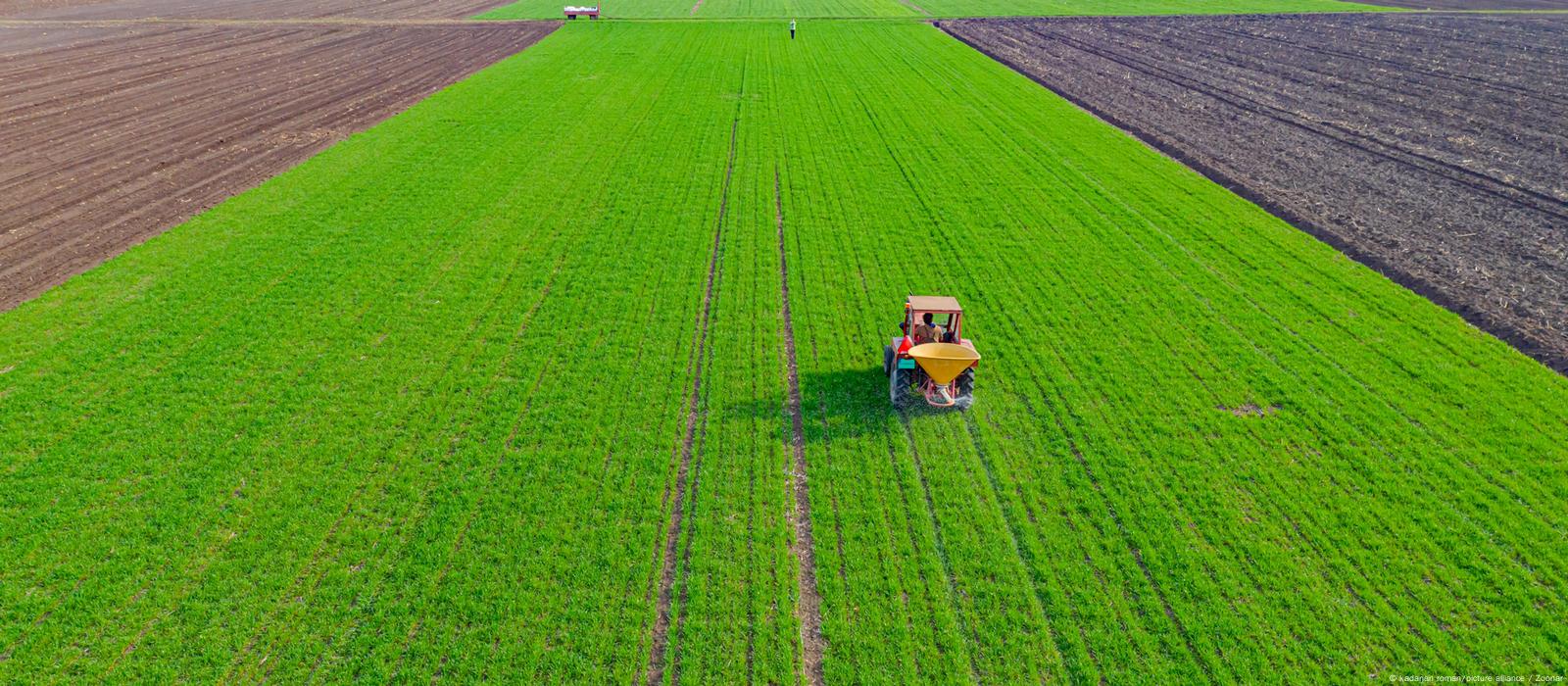The Impact of Environment Modification on Global Agriculture Practices
The Impact of Environment Modification on Global Agriculture Practices
Blog Article
Optimize Crop Growth and Yield With Premium Water Soluble Polymers for Farming
Premium water-soluble polymers have actually arised as a promising device in this quest, offering a variety of benefits that can revolutionize the means we approach crop farming. By attending to vital facets such as soil framework, water retention, and nutrient distribution, these polymers have the prospective to unlock brand-new levels of effectiveness and yield in agricultural manufacturing.
Benefits of Water-Soluble Polymers
Water-soluble polymers supply a series of benefits in agricultural applications, boosting dirt structure and water retention performance. These polymers, when used to the dirt, can substantially enhance dirt aggregation, lowering disintegration and increasing total soil health and wellness. By improving soil structure, water-soluble polymers develop a more desirable environment for origin growth and development, eventually bring about enhanced plant returns.
Improved Soil Framework
Given the shown benefits of water-soluble polymers in enhancing dirt top quality and water retention, an essential aspect that stands out is the substantial influence these polymers have on reorganizing the dirt composition. Costs water-soluble polymers play a vital duty in improving dirt framework by promoting dirt aggregation and stability. By boosting soil framework, water-soluble polymers aid avoid dirt compaction, which can limit origin development and water movement.
Improved Water Retention
Boosted water retention can be achieved with the usage of premium water-soluble polymers in farming techniques. These polymers have the special capacity to take in and retain huge amounts of water within the dirt account, developing a tank that plants can access throughout durations of water stress.
Premium water-soluble polymers operate by developing a gel-like structure when combined with water, enhancing the soil's water-holding capacity and lowering water loss with evaporation and runoff. This enhanced water retention not only boosts plant resilience to drought problems however also lowers the regularity of irrigation, causing water preservation and cost savings for farmers.
Reliable Nutrient Shipment
With the read this article structure of improved water retention currently developed, the emphasis moves towards maximizing farming practices via the reliable distribution of nutrients to plants for sustained development and efficiency (Agriculture). Reliable nutrient delivery is essential in making the most of plant yields and ensuring plant wellness. Water-soluble polymers play an important duty in this process by facilitating the regulated launch of essential nutrients to the plants' origin systems
One trick advantage of utilizing premium water-soluble polymers for effective nutrient shipment is their ability go to bind with nutrients, such as phosphorus, potassium, and nitrogen, protecting against leaching and overflow. This guarantees that the plants receive a steady and regular supply of nutrients, lowering wastage and ecological influence.
Additionally, these polymers can improve nutrient uptake performance by advertising root advancement and boosting dirt structure (Agriculture). By developing a positive environment for origin growth, water-soluble polymers assist plants accessibility nutrients better, leading to healthier plants with raised resistance to stress factors like dry spell or condition
Optimizing Plant Yields
These polymers play a vital duty in improving soil structure, water retention, and nutrient absorption, ultimately leading to boosted plant growth and growth. By incorporating water-soluble polymers into their watering practices, farmers can make sure that crops obtain a sufficient and constant water supply, also throughout durations of drought or water shortage.
Moreover, water-soluble polymers help in reducing dirt erosion, minimize nutrient leaching, and advertise root development, all of which add to higher plant yields. By forming a protective film around plant origins, these polymers boost nutrient uptake blog effectiveness and protect plants from environmental stressors. Additionally, using costs water-soluble polymers can enhance the general wellness and strength of crops, resulting in increased returns and enhanced agricultural sustainability.
Verdict

These polymers, when used to the dirt, can significantly boost soil aggregation, minimizing disintegration and boosting general dirt health.Offered the demonstrated advantages of water-soluble polymers in enhancing dirt quality and water retention, an essential aspect that stands out is the significant influence these polymers have on reorganizing the soil make-up. Premium water-soluble polymers play a vital role in enhancing dirt structure by promoting dirt gathering and stability. By boosting soil framework, water-soluble polymers assist stop soil compaction, which can restrict origin growth and water motion. These polymers have the unique ability to take in and keep big quantities of water within the soil profile, creating a tank that plants can access throughout periods of water stress.
Report this page